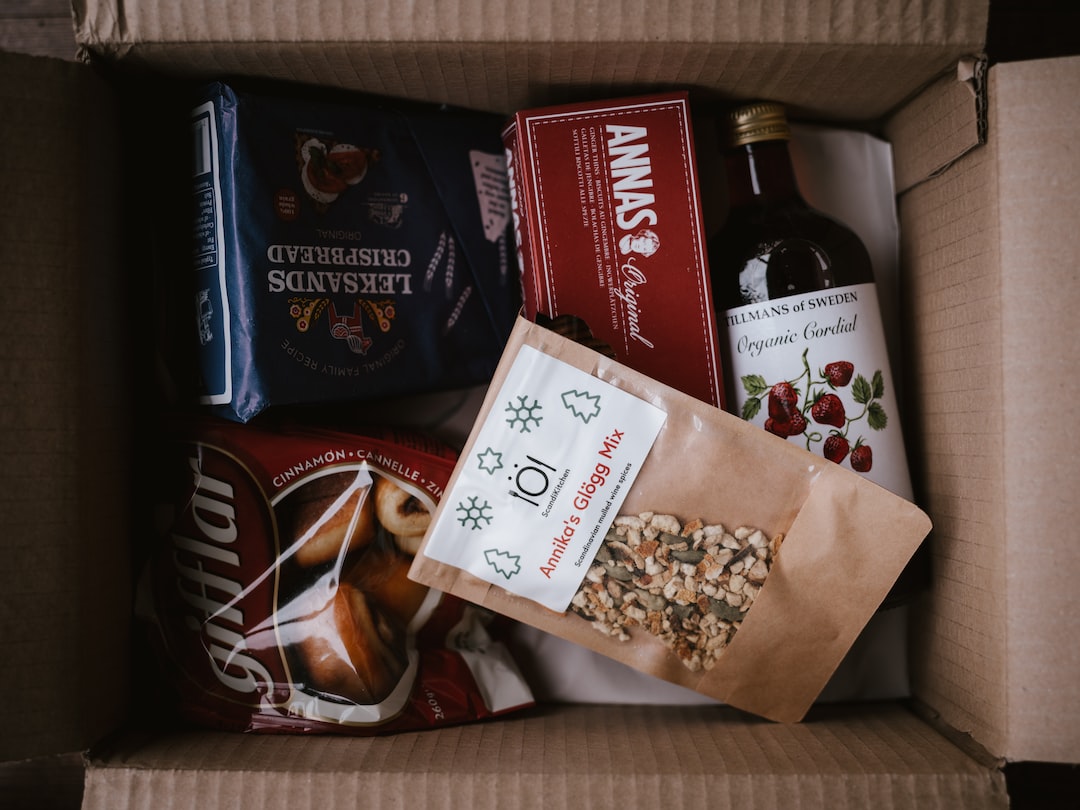Unveiling the Mystery: How Truffles are Harvested and Cultivated
Truffles have long captivated the culinary world with their earthy, distinct flavor and intoxicating aroma. These delectable fungi have always garnered a hefty price for their rarity and uniqueness. In this article, we will delve into the mysterious world of truffles and explore the intricate process of their cultivation and harvesting, shedding light on the factors that contribute to the price for truffles.
Truffles are a type of edible fungi that grow underground, forming a mycorrhizal symbiotic relationship with the roots of certain trees, such as oak, hazelnut, and chestnut. This unique association between the truffle fungus and the tree roots is crucial for the truffle’s growth and survival. Truffle cultivation attempts to replicate these natural conditions by creating truffle orchards, also known as truffières.
The cultivation of truffles begins by planting specific tree seedlings inoculated with truffle spores. These young trees take several years to mature, usually ranging from four to six years before they start producing truffles. During this period, careful monitoring of the soil condition, irrigation, and nutrition is essential to ensure optimal growth.
Truffle cultivation requires both dedication and patience, as the truffles’ underground growth process remains a mystery until they are ready for harvest. Trained truffle dogs or pigs are employed to sniff out the ripe truffles beneath the soil. The human truffle hunters carefully follow their canine or porcine companions as they navigate the truffière, locating the buried treasure using their heightened senses.
Upon locating a truffle, the harvester uses a small tool, like a truffle spade or knife, to gently unearth the delicate fungus. Great care is taken not to damage the truffle during this process, as it can significantly affect its quality and, in turn, the price it commands. The unearthed truffles are then assessed for maturity and sorted based on size, shape, and appearance.
The pricing of truffles is influenced by several factors, including availability, demand, and seasonal variations. The rarity and difficulty of harvesting truffles contribute to their high price. A variety of truffle species exists, including the highly sought-after white truffle from Alba, Italy, and the black truffle from Périgord, France, which both fetch premium prices due to their unique flavors and limited supply.
Moreover, fluctuations in harvest yield due to environmental conditions and natural disasters, such as droughts and floods, can impact truffle prices. The delicacy of truffles also necessitates time-sensitive transportation, which further adds to the premium cost.
In conclusion, truffle cultivation and harvesting remain an enigmatic process, requiring a delicate balance of nature, patience, and expertise. The mystery and rarity surrounding truffles contribute to their exorbitant price. As one embarks on a gastronomic journey with truffles, it is important to appreciate the labor-intensive measures and inherent uncertainties that make these elusive fungi so desirable and valuable.

